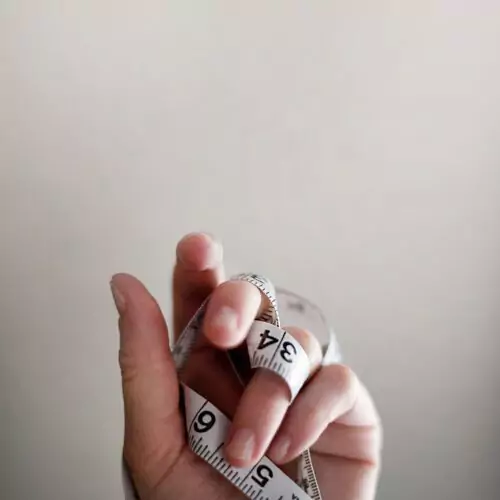Do you have a goal to run a marathon this year? . . . a triathlon or even Iron Man?
Do you participate in a competitive sports league or aim to take that next level boot camp?
When you have high performance goals like this, you are going to put out as much effort as humanly possible. Unfortunately, this type of high intensity training often leads to burn out or injury.
If injury doesn’t occur during the season of training, there still may be long term effects on the body. The late effects of minor strains and sprains can be joint stiffness, swelling, and pain as the athlete ages.
Is it possible to reach these high performance goals without causing long term damage?
Absolutely!
There is a safer but equally demanding way to produce your outcome while still taking precautions to prevent injury and breakdown of the body. The key is to finding the sweet spot between under training and over training. Your body must be well prepared but not burned out for competition. This is best achieved when we pay close attention to technique and progress our training gradually.
Let’s discuss a few tips to train and compete at a high level without signing up for pain and disability during your retirement years.
Always Warm Up
Training must always start with a warm-up. Many new athletes are injured when they are in a hurry to get started. Warm-ups must incorporate dynamic movement, preferably moving similarly to how you will in training. This allows for a review of a safe technique for both your mind and muscles.
Sleep Smart
Athletes have specific plans for physical conditioning and good nutrition but often overlook the recovery period. If you aren’t getting enough sleep, your body doesn’t have sufficient time to regenerate cells and repair from the damage done during training. Over time, this adds up to more injuries, inflammation, and down the road an increased chance of arthritis.
Muscle Imbalance
A healthy body ready for competition must be in balance. That means equally stable and mobile. Athletes that solely focus on building strength will end up with inefficient movement and long-term damage. The solution is screening for bad mechanics, muscle tightness, and lack of stability. Where weak links are found, an integrated program to correct these must emphasize balanced movement skills.
Own Your Results
What do you do when aches and pain limit training, your goals aren’t being met, or injury does occur? The next best step is to own your results and not pass the blame.
Ask yourself: What am I doing wrong? and How can I fix it?
The quicker you correct your training mistakes and minor injuries, the less likely they are to land you on the sidelines (of the game or your daily life).
Recover Appropriately
Finally, when injury does occur or soreness is limiting your progress you must recover appropriately. However, this doesn’t always mean you must stop training. Many treatments we implement can be done while you continue your training schedule. Again, the earlier it’s addressed the less likely you are to need to sit out. . . and the lower your risk permanent damage.
While each injury is unique, treating injuries to their fullest recovery can minimize harmful long-term outcomes. This means finishing a treatment plan even after the initial pain is managed for complete recovery.
CONCLUSION
Preventing long-term effects of training is more than an off day or post workout shake. It is primarily about optimizing movement patterns and improving regeneration. It is a mindset of integrating your recovery strategies into your everyday life . . . soft tissue work, stretching, recovery, and corrective strategies.
We provide both evaluation and treatment for high-performance athletes to stay in the game and prevent future damage. Through functional movement screens and various hands-on techniques to correct movement patterns, aid recovery, and improve performance we are here to help you not just with your next goal, but the long game of life.
Concerned about the long-term implications of your training? Have a FREE discussion with one of our Orthopedic Physical Therapists today. Click the link below to set up a call.


